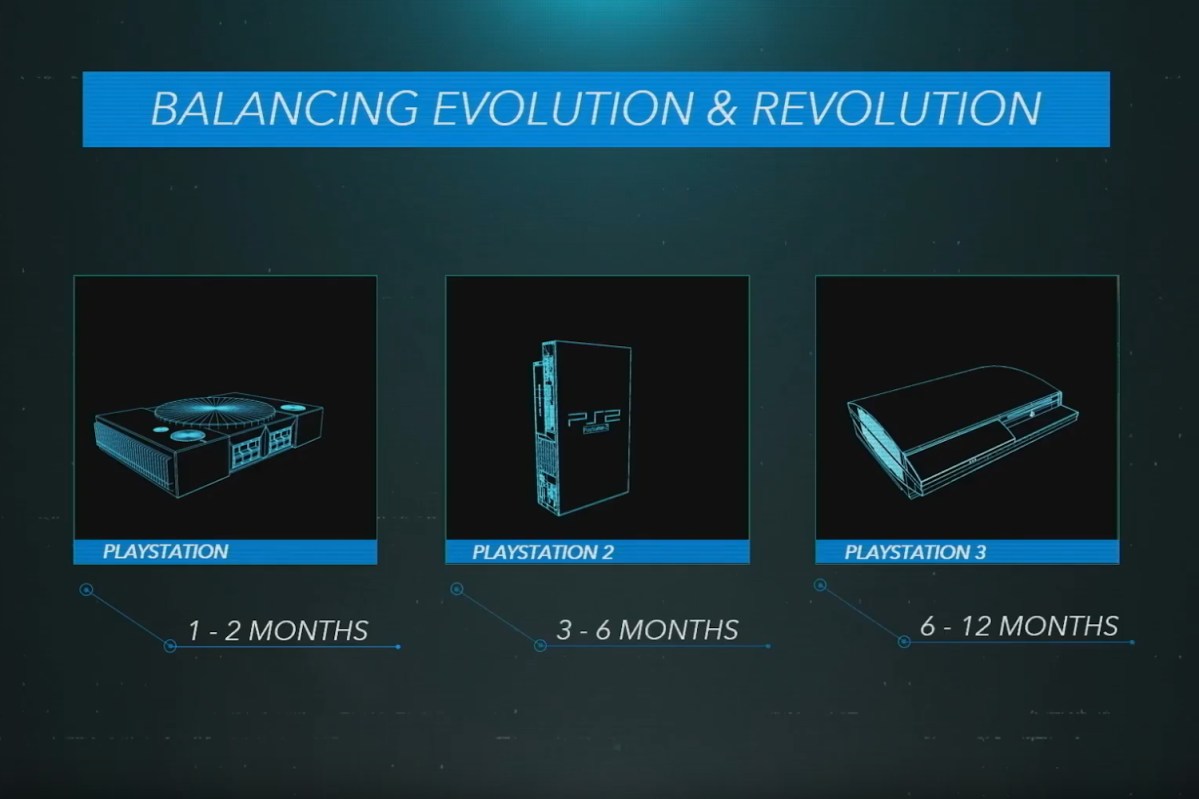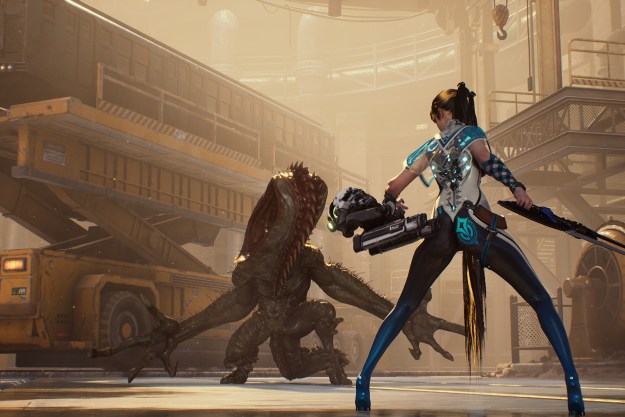Mark Cerny’s PlayStation 5 presentation detailed many key elements of Sony’s new console. It was also, frankly, a snoozefest for most of the people watching it. That’s not a huge surprise. Cerny is the project’s lead, not a personality or presenter, and the talk was originally scheduled for the now-postponed Game Developers Conference (GDC) 2020. It was a deep dive, not a flashy marketing presentation (though Sony could’ve done more to make that clear).
Still, the presentation’s focus was a surprise. You might have expected it to linger on the CPU and GPU, two key components most gamers associate with performance. Instead, Cerny went deepest on the console’s custom storage solution and audio engine, which only Sony’s
They’re exciting features if, like me, you’re a serious hardware nerd. Yet I can’t help but think Sony is treading a hazardous path.
The PlayStation 3 all over again?
First, a quick history lesson.
Sony’s PlayStation 3 was a truly momentous effort from the company. Encouraged by its successful PlayStation and PlayStation 2, the company went all-in to make the PS3 a cutting-edge device. A key element was its Cell microprocessors, a customized piece of silicon that paired a familiar PowerPC core with seven “Synergistic Processing Elements.”
This gave the PS3 far more “cores” than the Xbox 360, which had just three PowerPC-based cores. At the time, major game studios were starting to abandon platform exclusives in favor of cross-platform launches. Though technically the quicker system, the PS3 often failed to deliver a performance or visual boost because developers had trouble optimizing for Sony’s unique hardware.

Cerny briefly referenced this problem during his GDC 2020 presentation when he spoke of “Time to Triangle,” or the time a developer needs to understand new PlayStation hardware. According to Cerny, developers needed at least six months to familiarize themselves with the PS3, and it could take up to a year.
It was odd, then, for Cerny to go deep into two of the PlayStation 5’s unique hardware features during the same presentation. The PS5 includes two specific features that will set it apart from other consoles. One is an SSD storage solution that features a highly customized storage controller that will deliver superior I/O throughput. The other is Tempest 3D AudioTech, a custom audio engine that can improve audio quality while reducing CPU load for audio tasks.
Not quite. But here’s the problem.
These custom elements aren’t a misstep on the level of the PS3’s Cell architecture. Still, I find them worrying. I don’t see how these features will be relevant in a gaming industry embracing cross-platform play.
Most developers aren’t making games only for the
Cerny used a frequent level design problem to illustrate why fast SSD storage solution matters. He reminded players that games so often include twisted corridors to hide loading times as assets are delivered from the hard disk to
This example is true, but here’s the problem. Most developers aren’t making games only for the

The same is true for Tempest 3D AudioTech. It’s a nice feature that also sits on an island. Many developers will find themselves forced to choose between optimizing for this unique audio engine or building for every device. They’ll inevitably choose the latter. Audio may be better on the
It’s important to note the accessibility of these features differs from a faster CPU or GPU, hardware the Xbox Series X has prioritized. Better GPU performance is simple to tap into. Increased polygon counts and better textures are easy for a developer to implement, and developers are familiar with optimizing for a wide range of GPU performance. CPU performance also scales easily, allowing more on-screen characters and more A.I. routines.
I don’t think developers will find the
At least it won’t be expensive
This means the PS5’s key features will have more bark than bite. They might look good on a box, but they’re unlikely to make gaming more enjoyable for most people.
The key improvements are the GPU, CPU, and the fact an SSD is included at all, not the specifics of the storage solution. Cerny’s presentation revealed that, as expected, the
The PS5’s key features will have more bark than bite.
It’s inevitable this will lead to a performance hit for Sony’s console relative to the
Don’t get too excited. I still think the PlayStation 5 will be $500 at launch. However, I’m thinking the
Sony’s PlayStation 3 struggled not only because of its custom architecture, but because the architecture was expensive (the PS3 also had a pricey Blu-Ray drive). It drove the price of the PS3 up to $600 at launch, while the Xbox 360 was just $400 at launch. That mistake left an impression on Sony. The company is now conservative about hardware performance and price.
That’s important. While I think Sony’s focus is misguided, it’s no disaster. Sony and Microsoft will release new consoles later this year, and Sony’s is almost certain to be more affordable. For many gamers, that’s all that will matter.
Editors' Recommendations
- I was a PlayStation Portal hater. Now it’s one of my go-to gaming devices
- This PS5 Pro leak reveals a massive jump in performance
- You need to try PlayStation VR2’s most psychedelic game yet
- PC compatibility for the PlayStation VR2 is being tested by Sony
- One year later, my PlayStation VR2 is collecting dust


